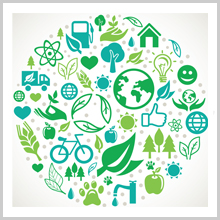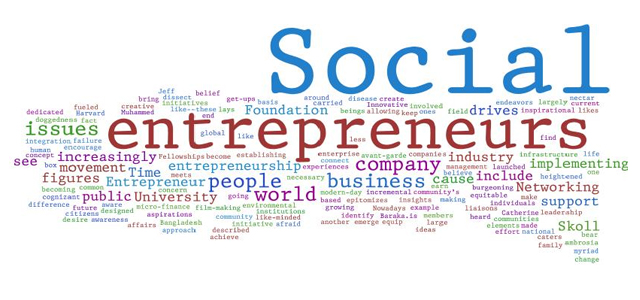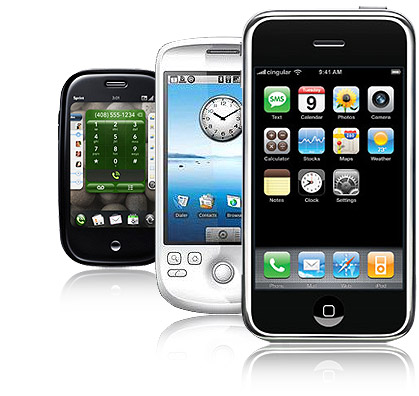If we look at the food chain of our society, then entrepreneurs are on the top and we know who stand at the bottom of that list. While they create the smallest section of the society yet the most influential one, it’s the neediest section of the human society which we have ignored the most. They are homeless, unemployed and the difference between a developed and developing country. But they can’t be blamed for their condition as it was not a choice they made. So these two sections are the most contrasting yet part of the same civil society that we live in and they need to connect or this whole bubble will burst up!
WHAT IS SOCIAL ENTREPRENEURSHIP?
Social entrepreneurship is brand management using social media as a tool to connect with the users all across the world. Remember, profits decide the success of a business and it’s the customer base that determines the image of the brand. The most beautiful essence of social marketing is that everybody’s welcome to the house. So when I say ‘users’, they are all potential customers that the company has eyes on. They might not buy the product directly, but if they like what they see, they’ll pass that information over their network and this creates a strong chain of immense density and this is the most valuable asset to any brand.
Let’s take Pepsi’s Social Refresher Campaign as an example. They asked the users to give an idea that can change the world. There was huge participation from all over the world and lots of interesting ideas came to the surface. Then the community voted for the best ideas that could be implemented practically and deserved grants from Pepsi. So overall, it was a plus-plus show for both Pepsi and the users.
THE PICTURE PERFECT
Now, the question is how social entrepreneurship fits into the picture when it comes to helping the poor and needy? Let me ask you a question. Have you heard about these personalities: Mark Zuckerberg, Warren Buffet, and Bill Gates? If yes, then what common ground do they all share? Of course, they’re all the leading businessmen of the world but there’s another common bond they all share. They all are part of the “The Giving Pledge”, an organization of the world’s wealthiest individuals who have all decided to give away half of their earned income either during their lifetime or in their will.
Issues of social empowerment have slowly found a place in the banners of the brands. Customers are more socially aware now and they care about the society they’re a part of. According to a study, 50 percent of customers are willing to pay more for goods and services of brands that give back to the society. So people who are passionate about giving back to the society have found it easy to find a place in the market as well. In fact, “91 percent consumers on a global level are happy to switch brands to one associated with a good cause, given comparable price and quality”, according to a study by Cone Communications.
Start-ups are a good example of this trend. You can see many of the start-ups linking up with NGOs right from the start. They donate a part of their earnings to the needy and this philanthropy work finds a place on their marketing campaigns as well. For example, brands like TOMS Shoes and Warby Praker give away a pair of shoes and sunglasses to a person in need with each of their sale. In a way, they reflect back what they got from the society. For example, sites like Kiva.org allow anyone to donate a $25 micro-loan for these start-ups and this helps them gather that initial investment which sometimes becomes the lone hurdle in their launch.
CONCLUDING
This is not a socialist society that we have today. Most of the countries run on the idea of capitalism and that’s how system works. But still, it’s quite appreciable to see so many hands rising up for the cause. Philanthropy is a choice and can’t be forced. But if the customers become more aware and more attention is paid to the issue, it will soon be a measure of a brand image.
















